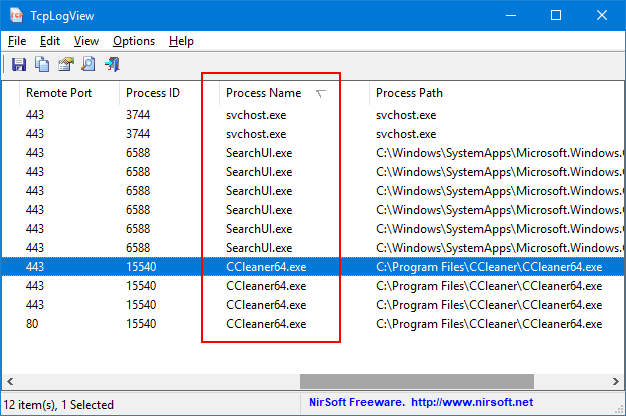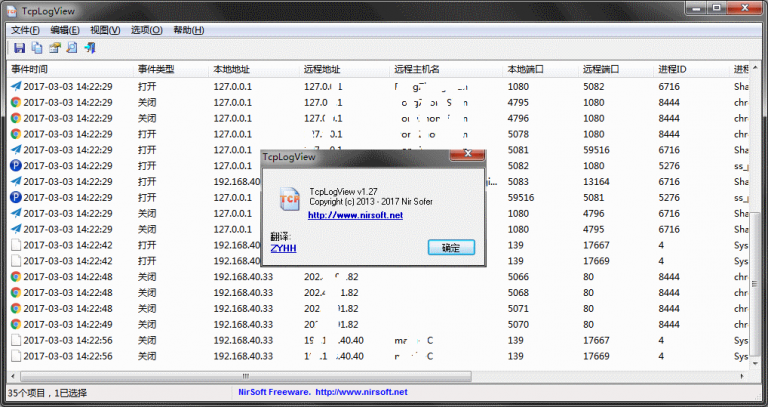
The disadvantages of this tool: You have to choose a network card and capture method for activating the network sniffer. NetworkTrafficView uses network sniffing technique - It analyzes every packet sent/received by your network card and displays extensive summary according to the display mode you choose.The advantage of CurrPorts is the ability to use it without elevation (Run As Administrator). but this technique has some disadvantages, for example, if UDP packets are sentįrom your computer to remote network address, you won't see it with CurrPorts, because with UDP there is no really a connection and the UDP table contains only listening

 CurrPorts displays the current table of active TCP connections and TCP/UDP listening ports. Technique to extract the network information. This tool may look very similar to other tools of NirSoft - CurrPorts and NetworkTrafficView, but every tool behave differently and uses different LiveTcpUdpWatch vs CurrPorts vs NetworkTrafficView Number of sent/received packets, connect/disconnect time (For TCP only), and the process (ID and path) responsible for this activity. LiveTcpUdpWatch is a tool for Windows that displays live information about all TCP and UDP activity on your system.Įvery line in the main table of LiveTcpUdpWatch displays the protocol (TCP/UDP/IPv4/IPv6), local/remote IP address, local/remote port, number of sent/received bytes, AppNetworkCounter - Monitor network usage / bandwidth of every application on Windows. The example above is the system binding to TCP port 3389 for Remote Desktop connections.LiveTcpUdpWatch - View TCP/UDP network activity of every application on Windows
CurrPorts displays the current table of active TCP connections and TCP/UDP listening ports. Technique to extract the network information. This tool may look very similar to other tools of NirSoft - CurrPorts and NetworkTrafficView, but every tool behave differently and uses different LiveTcpUdpWatch vs CurrPorts vs NetworkTrafficView Number of sent/received packets, connect/disconnect time (For TCP only), and the process (ID and path) responsible for this activity. LiveTcpUdpWatch is a tool for Windows that displays live information about all TCP and UDP activity on your system.Įvery line in the main table of LiveTcpUdpWatch displays the protocol (TCP/UDP/IPv4/IPv6), local/remote IP address, local/remote port, number of sent/received bytes, AppNetworkCounter - Monitor network usage / bandwidth of every application on Windows. The example above is the system binding to TCP port 3389 for Remote Desktop connections.LiveTcpUdpWatch - View TCP/UDP network activity of every application on Windows 
For server applications, subsequent to this event you will see 5154 or 5031 when the server attempts to begin listening on the port. Binding is the first step in TCP/UDP communications. This event is logged every time a client or server application binds to a port. 5158: The Windows Filtering Platform has permitted a bind to a local port







 0 kommentar(er)
0 kommentar(er)
